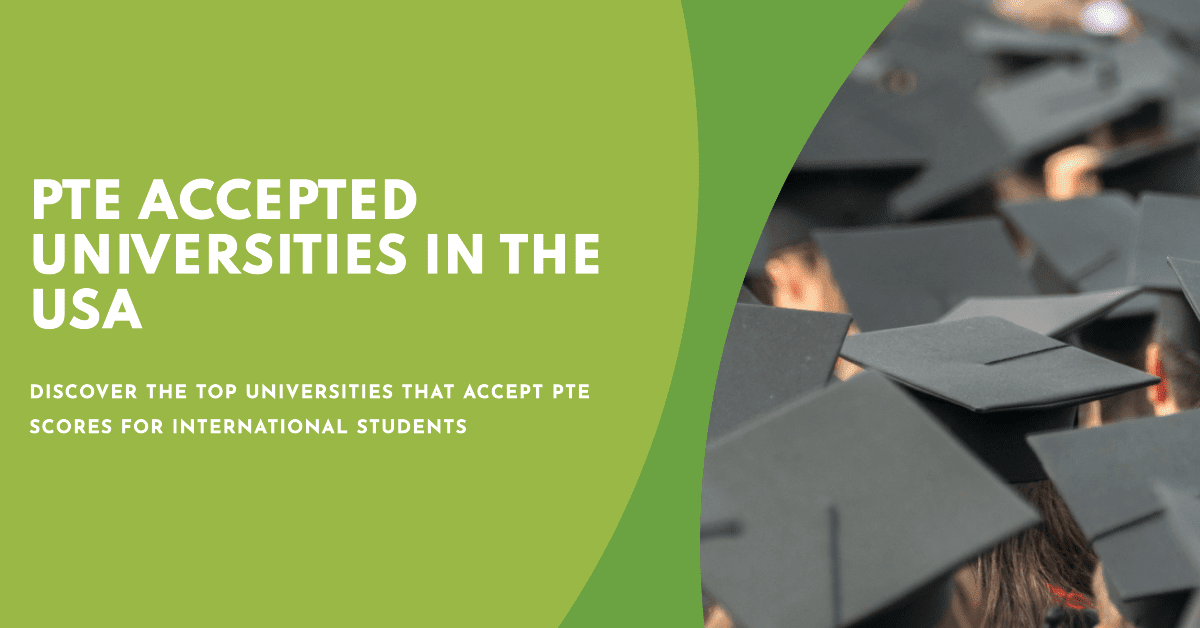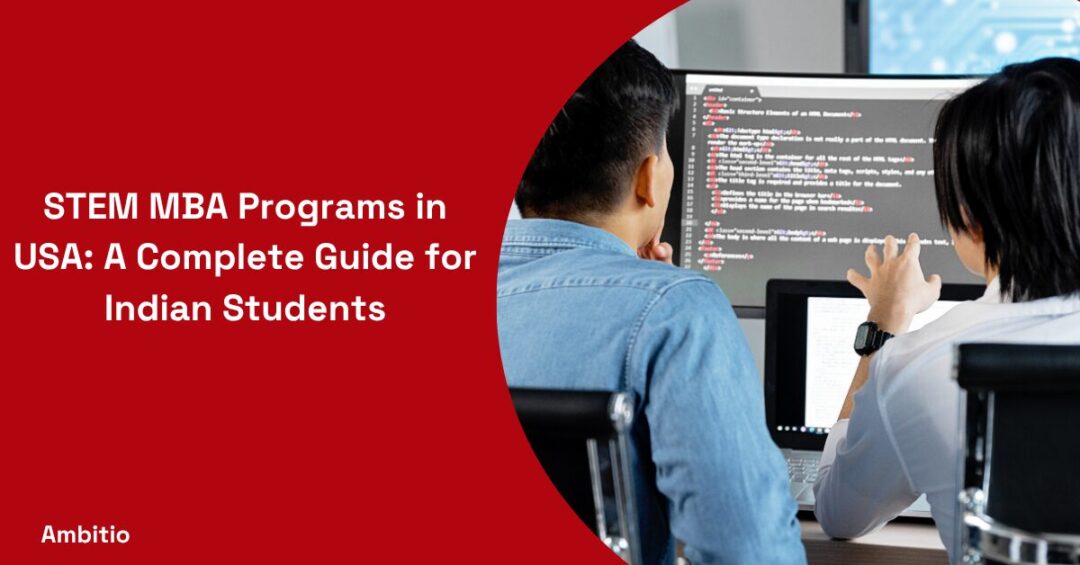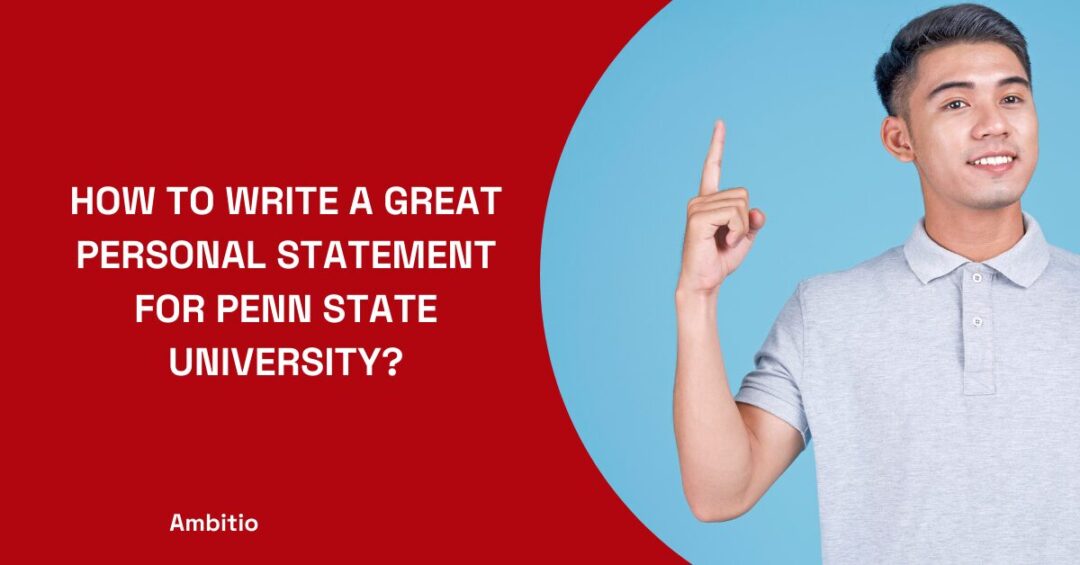15 August 2024
5 minutes read
PTE Accepted Universities in the USA: Your Path to Quality Education

Introduction
Are you an international student aspiring to study in the USA and looking for universities that accept the Pearson Test of English (PTE)?
Look no further! In this article, we’ll provide you with a comprehensive guide to PTE-accepted universities in the USA for the year 2023. We’ll cover the top PTE-accepted universities, the minimum PTE score requirements, application procedures, and more.
PTE: An Alternative to Traditional English Proficiency Tests
The Pearson Test of English (PTE) is gaining popularity as an alternative to traditional English language proficiency tests like IELTS and TOEFL. Many universities in the USA now recognize PTE scores for admission, making it an attractive option for international students seeking quality education.
Top PTE Accepted Universities in the USA
Yale University
Yale is among the prestigious universities in the USA that accept PTE scores for admissions. With its stellar academics and illustrious history, Yale provides an ideal environment for students who want to excel in their chosen fields.
Harvard University
Harvard University, another Ivy League institution, recognizes PTE scores as proof of English language proficiency. Known for its academic excellence, Harvard offers a wide range of programs for international students.
Columbia University
Columbia University is renowned for its diverse academic offerings and vibrant campus life. As one of the universities in the USA that accepts PTE, it provides a welcoming environment for students from around the world.
Minimum PTE Score Requirements
The minimum PTE score required for admission varies from university to university and even from program to program. It’s important to check the specific requirements of each institution and department you’re interested in.
Generally, a score of 50-70 is considered a good starting point, but more competitive programs might require higher scores, often in the range of 70-90.
Understanding the PTE Test Format
Before diving into your preparation, it’s essential to understand the structure of the PTE exam. The test consists of three main sections:
- Speaking and Writing: This section assesses your speaking and writing skills through tasks such as reading aloud, repeating sentences, describing images, and writing essays.
- Reading: The reading section evaluates your comprehension skills by presenting various types of texts, including multiple-choice questions, re-ordering paragraphs, and filling in the blanks.
- Listening: The listening section measures your ability to understand spoken English. Tasks include summarizing spoken texts, answering multiple-choice questions, and filling in the blanks based on audio cues.
Developing a Study Schedule
Creating a structured study schedule is essential for effective PTE preparation. Here’s a recommended approach:
- Assess Your Baseline: Start by taking a practice PTE test to gauge your current proficiency level. This will help you identify your strengths and areas that need improvement.
- Set Realistic Goals: Define your target score based on the requirements of your chosen universities and programs. Set both short-term and long-term goals to track your progress.
- Divide Your Time: Divide your study time across the different sections of the PTE exam. Allocate more time to areas where you need improvement while still maintaining practice in other sections.
- Practice Regularly: Consistency is key. Dedicate a specific amount of time each day to PTE practice. Regular practice enhances your skills and builds your confidence.
- Simulate Test Conditions: Occasionally, take full-length practice tests under timed conditions to simulate the actual test environment. This helps you manage your time and stress during the exam.
Effective Preparation Strategies
- Familiarize Yourself with the Instructions: Understand the instructions for each task type. Familiarity with the instructions will save you time during the actual exam.
- Expand Your Vocabulary: Enhance your vocabulary by reading a variety of English texts. Make a list of new words and use them in your writing and speaking practice.
- Improve Pronunciation and Fluency: Practice speaking clearly and confidently. Record yourself speaking and listen for areas of improvement in pronunciation and fluency.
- Practice Time Management: Each task in the PTE exam has a specific time limit. Practice completing tasks within the allocated time to ensure you’re able to manage your time effectively.
- Take Advantage of Practice Materials: Utilize official PTE practice materials and sample questions available online. These materials provide an accurate representation of the test format.
- Review Your Mistakes: After completing practice tasks, review your answers and identify areas where you made mistakes. Understand why you made those mistakes and learn from them.
The Journey to a Student Visa
Securing a student visa is a pivotal step for international students planning to study in the USA. Whether you’re pursuing a bachelor’s degree, a master’s program, or a specialized course, having the necessary visa is essential to embark on your educational journey.
This section provides a comprehensive guide to navigating the student visa process, offering insights into the types of visas, application procedures, and key considerations.
Understanding the Types of Student Visas
The USA offers two main types of student visas:
- F-1 Visa: This visa is for academic studies and is the most common choice for international students pursuing degrees in the USA. To qualify for an F-1 visa, you must be enrolled in a full-time academic program at a recognized educational institution.
- J-1 Visa: The J-1 visa is designed for exchange visitors and scholars. It includes various categories, such as research scholars, professors, and exchange students. The J-1 visa promotes cultural exchange and international collaboration.
The Application Process
Obtaining a student visa involves several steps:
Step 1: Receive an Acceptance Letter Before applying for a student visa, you must be accepted by a SEVP-approved school (Student and Exchange Visitor Program). The acceptance letter is a crucial document for your visa application.
Step 2: Pay the SEVIS Fee The SEVIS fee is a mandatory payment that supports the Student and Exchange Visitor Information System. You must pay this fee before submitting your visa application.
Step 3: Complete the DS-160 Form The DS-160 is the Online Nonimmigrant Visa Application form. You need to complete this form and submit it online. You’ll receive a confirmation page with a barcode—keep this for your records.
Step 4: Pay the Visa Application Fee Pay the non-refundable visa application fee, which is also known as the Machine Readable Visa (MRV) fee. This fee covers the cost of visa processing.
Step 5: Schedule a Visa Interview Visit the website of the U.S. embassy or consulate in your country to schedule a visa interview appointment. The wait time for an interview can vary, so it’s recommended to schedule it well in advance.
Step 6: Attend the Visa Interview Attend your scheduled visa interview. The consular officer will ask you questions about your educational plans, financial support, and intent to return to your home country after completing your studies.
Step 7: Gather Required Documents Prepare a set of documents to bring to the interview. These typically include:
- Passport valid for at least six months beyond your intended stay in the USA.
- DS-160 confirmation page with barcode.
- Visa application fee payment receipt.
- SEVIS fee payment receipt.
- The passport-sized photo that meets the visa photo requirements.
- Acceptance letter from the SEVP-approved institution.
- Proof of financial ability to cover tuition, living expenses, and other costs.
- Transcripts and diplomas from previous educational institutions.
- Standardized test scores (such as PTE scores).
- Testimonials, certificates, or documents showcasing your achievements.
Step 8: Attend the Visa Interview At the interview, the consular officer will assess your eligibility for a student visa. Be prepared to discuss your study plans, your chosen program, and your intent to return to your home country after completing your studies.
Step 9: Visa Decision and Passport Pickup After the interview, the consular officer will inform you if your visa application has been approved, denied, or needs further administrative processing. If approved, your passport will be returned to you with the visa affixed to a page.
Conclusion
As you embark on your study abroad journey in the USA, consider universities that accept PTE scores. PTE offers a valuable pathway to fulfilling your educational aspirations in a country known for its top-notch academics and opportunities.
Remember to thoroughly research each university’s PTE score requirements, application procedures, and program offerings to make informed decisions about your academic future.
FAQs
Q1: Can I take the PTE test in 2023 for admissions this year?
Absolutely! Universities accept PTE scores from recent test dates, so you can take the PTE exam in 2023 for admissions in the same year.
Q2: Are PTE scores widely recognized by US universities?
Yes, PTE scores are increasingly recognized by a wide range of universities and colleges across the USA.
Q3: Is a high PTE score necessary for acceptance?
While a high PTE score strengthens your application, universities consider other factors like GPA, letters of recommendation, and statement of purpose.
Q4: Can I find a list of PTE-accepted universities?
Yes, you can find a list of PTE-accepted universities on the official Pearson PTE website and university admission websites.

You can study at top universities worldwide!
Get expert tips and tricks to get into top universities with a free expert session.
Book Your Free 30-Minute Session Now! Book a call now




























